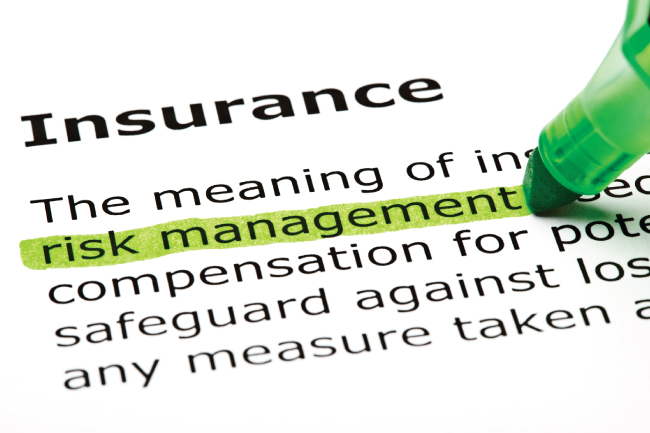
How can I reduce the risk in my business?
A risk management program is the best way to systematically reduce the impact of risk. Don’t just manage your insurance, manage your risk. A bit of planning and an ounce of prevention can save you time and money.
An experienced broker knows how to identify and manage many of the risk factors in your business and translate that knowledge into a cost effective risk management program. There are four key steps:
1) Know your risk exposures.
The first step is to accurately identify and analyze the risk exposures to your tangible and intangible property, your income, personnel and liabilities. These can be determined in a thorough audit of your office, warehouse or shop floor to identify all perils, probabilities and potential financial consequences.
2) Consider the risk management alternatives.
Insurance is one form of “financing” your risk, but there are other alternatives to explore. These include eliminating the exposure, loss prevention, loss reduction and contractual transfer of responsibility for losses, for example, when a lessee assumes the liability for damages to leased space. A thorough risk management plan will examine all these alternatives before getting to the issue of insurance. Commercial insurance is the most widely used of all risk financing techniques because of the cost-effective protection it provides. General and specialized policies can cover just about any peril. Another way to manage risk is to be financially prepared for a loss. One way to do this is to accumulate your own capital reserves to cover the loss, but this can tie up large amounts of capital at low rates of return.
3) Implement your plan.
With loss prevention and reduction plans in place, your broker can help you implement your insurance program with one or multiple insurers.
4) Monitor and adapt your plan.
Make sure to adapt your plan to match the changes in your business including geographical expansion, physical growth, new lines of business or increased complexity. Consider an annual review of your needs with the help of your insurance broker.






